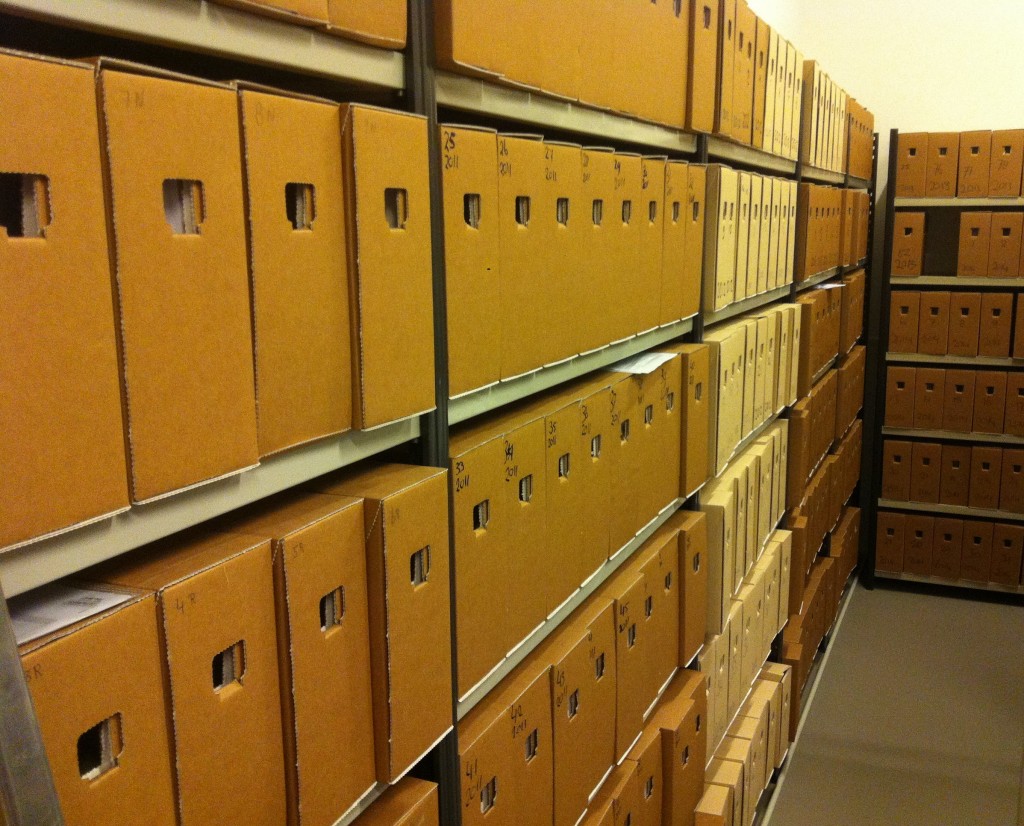Source & Author: WWF
It is not surprising that the world’s largest Seafood Expo takes place in Europe every year – indeed, this reflects the fact that the EU is the world’s number 1 destination for seafood exports. With this position of course comes great responsibility, and the Expo, which is now in full swing in Brussels, needs to increasingly address issues around how we can ensure that the seafood we allow onto our plates is sustainable and legally sourced.
Unfortunately, illegally sourced seafood continues to reach European consumers, so with almost 1,700 exhibitors from all over the world gathering in Brussels, the Expo is a good opportunity to take stock on progress on the EU’s world-leading law aimed at shutting out illegal catch, and deterring illegal, unreported and unregulated (IUU) fishing worldwide, the IUU Regulation.
One critical component of this legislation concerns the way in which the legality of seafood imports can be verified in practice. This is done with the help of ‘catch certificates’ (CC), documents that detail key information on the products (e.g. from which vessel and country the products originated, which company within the EU imported the product, etc…). Currently, this verification is carried out on the basis of paper certificates, and this outdated system is wide open to abuse. An electronic system is in urgent need to make the system more effective.
In October 2015, more than five years after the EU IUU Regulation came in to force, the Commission announced the intention to transition to a digital system to verify the legality of seafood imports in to all 28 member States[1], and we strongly supported this announcement. At last, the much-lauded 21st century legislation will be supported by appropriate, 21st century technology!

Crucially, this centralised, EU-wide, electronic system will permit for the first time the cross-checking of import documents to rule out the possibility that unscrupulous operators are using the same CC for different consignments in to different EU countries, allowing volumes of illegally-caught fish to enter ‘under the radar’2.
However, it seems that six months on from the Commission’s announcement, nothing visible or tangible has happened, and the daily influx of hundreds of paper CCs (see Picture) continues.
We are aware that at least the necessary dialogues have commenced internally, behind closed Commission doors, to eventually bring this tool into existence, but there is clearly no sense of urgency. Every day that this electronic tool is not in place, the EU is still potentially allowing a significant portion of illegally caught seafood products to reach its markets and consumers.
The fact is, the European Commission already has an existing, online tool in place for a similar purpose, to use as a basis. And an expert assessment of this existing tool, published this week (see report) confirms that it should be a relatively simple task to adapt it.
Fisheries management consultancy MRAG looked in detail at the Trade and Control Expert System (TRACES) that has been in use since 2004 to control the sanitary requirements of imports in animal and plant products into the EU3. MRAG concludes that with a few technical modifications, that would allow the capture and cross-check of CC data, and operational modifications to ensure MS are all on the same page when it comes to dealing with identified IUU fishing products, there should be no major obstacles to incorporating the CC system within TRACES.
To help speed the process up and ensure an ambitious and rigorous product, WWF and its partners will publish a set of recommendations and expectations for this important tool in early June. As the largest seafood market in the world, the EU has tremendous responsibility to drive responsible fishing and seafood consumption worldwide. We firmly believe that with the IUU Regulation, the EU has the correct legislation in place to deliver on this duty. But the digital revolution to make this fully effective must happen now.
We expect that at the very least, a pilot system is in place by the end of 2016. We will continue to watch for progress.
See this story on BlogActiv.eu
1 http://eur-lex.europa.eu/legal-content/EN/TXT/?uri=COM:2015:480:FIN
2 See page 16 of report: http://www.iuuwatch.eu/wp-content/uploads/2016/02/IUU_report_090216_web.singles.pdf
